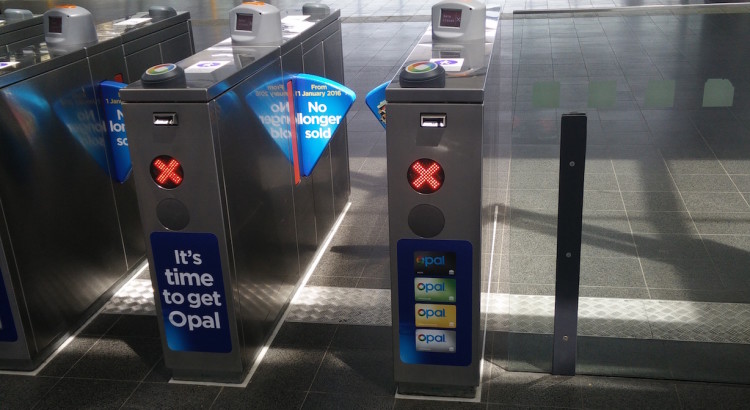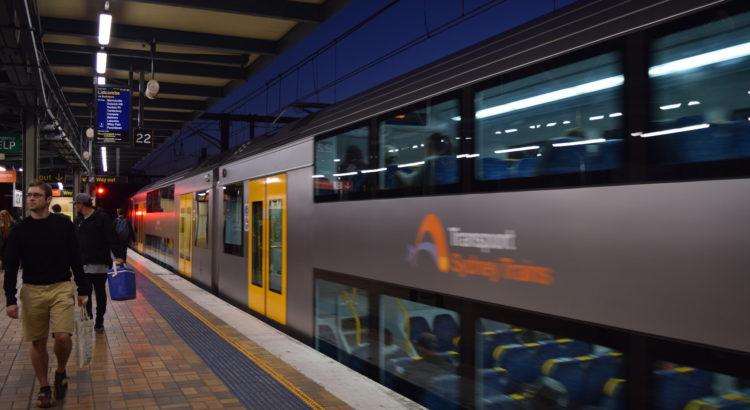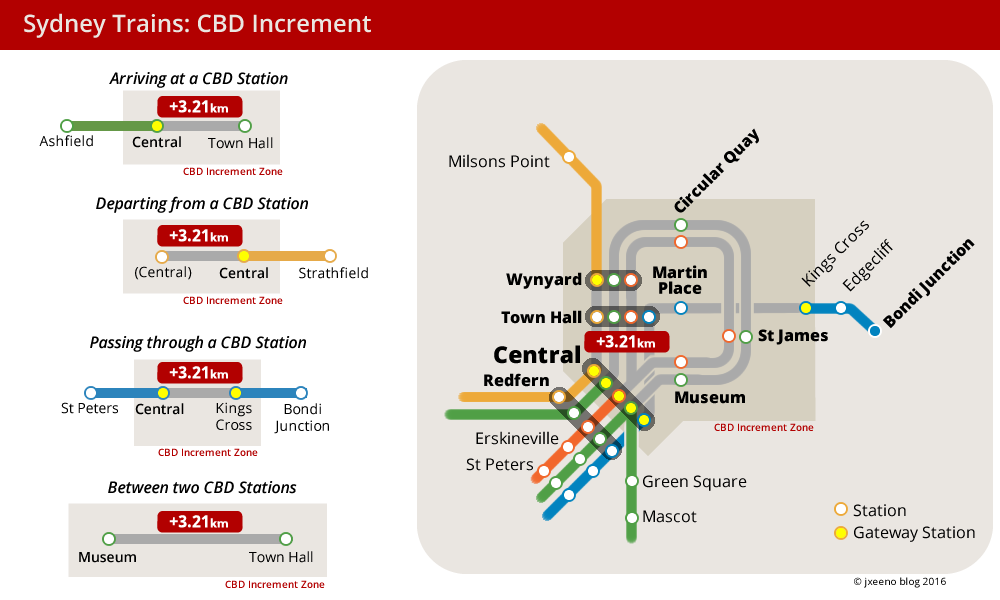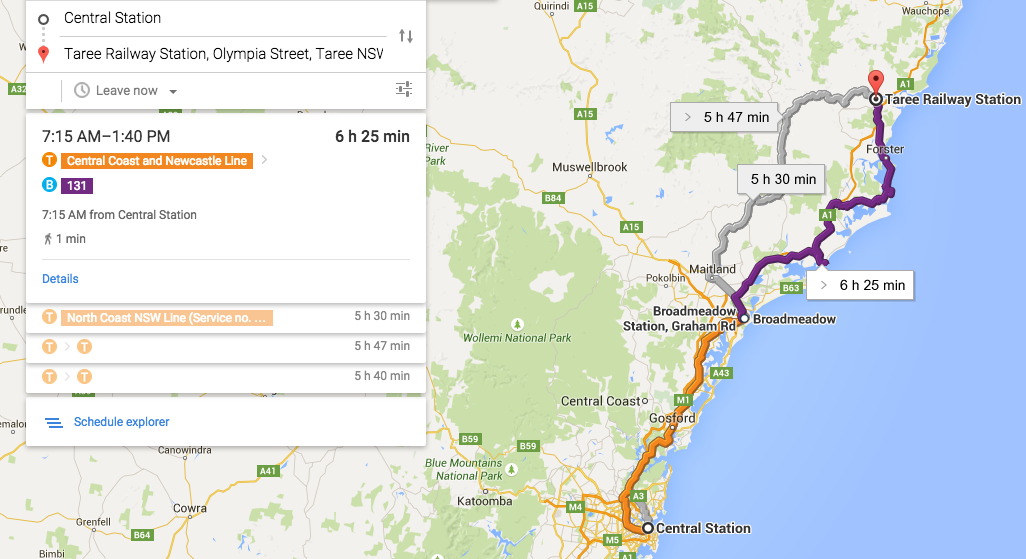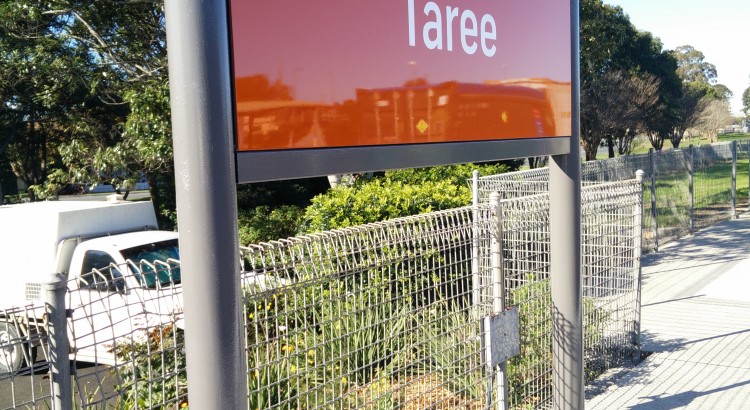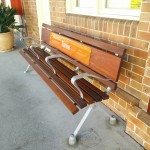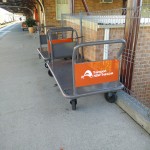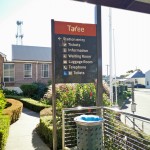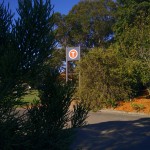Despite not having to switch modes in my regular commute to work, with the introduction of new Opal fares this week, I thought I’d try to take advantage of the new multi-mode rebate to see if I can shave a few dollars off.
Previously, my work commute involved taking a bus from UNSW Kensington to Town Hall direct (typically, the M50). The distance between these two stops is roughly 5 km — which falls into the 3-8km fare band of $3.50. This single bus trip takes around 30 minutes assuming relatively smooth traffic which is rare nowadays thanks to the light rail construction in the Kensington area.
Instead, I thought I’d break up my trip into a lower fare band bus trip plus a new train trip. Choosing my bus routes carefully, I can see that the 370 bus can take me from UNSW to Green Square station in ~2.6km ($2.10 in fare terms). Changing to a train service from Green Square to Town Hall, I’m charged $2.36 off-peak. Subtract the $2 rebate, and I come out on top: $2.46 one way.
A return trip to work each day would save me $2.08:
| Original Route | Route | Mode | Fare |
|---|---|---|---|
| UNSW to nr Town Hall Station | M50 | Bus | $3.50 |
| Total | $3.50 | ||
| New multi-mode route | Route | Mode | Fare |
| UNSW to Green Square Station | 370 | Bus | $2.10 |
| Green Square to Central | T2 | Train | $2.36 |
| Central to Town Hall Station | T1 | Train | – |
| (Multi-mode rebate) | ($2.00) | ||
| Total | $2.46 |

Now, the caveats. Firstly, the 370 bus can be quite unreliable. If the bus is on-time, the total journey time is basically the same (± 2 mins) albeit with a bit more walking. However, buses which are 15 minutes late or don’t show up at all are not uncommon.
Secondly, the cheaper fares only apply for off-peak times. In my case, applying peak-time train fares, the journey is only 2c cheaper. That’s probably not worth the extra effort walking through Green Square and Central Stations and potentially missing connections.
So there you have it. Even if you don’t normally switch modes, you might want to explore various multi-mode route options to see if you can save a few bucks or even save a few minutes in your daily commute. You never know what you might find!
Note: For the purpose of this blog post, I’m assuming adult Opal fares even though I’m eligible for concession fares. Fares and any savings would be halved when considering concession fares.
